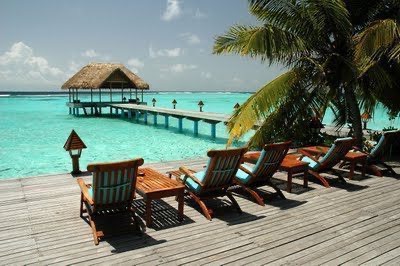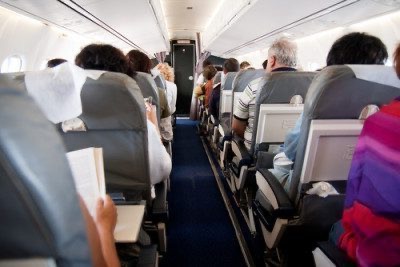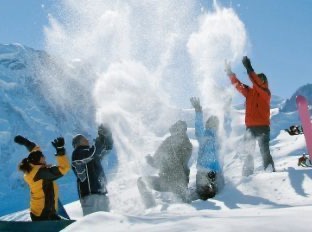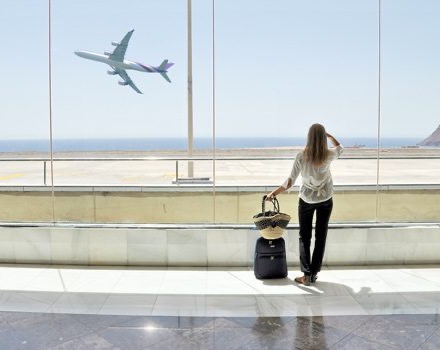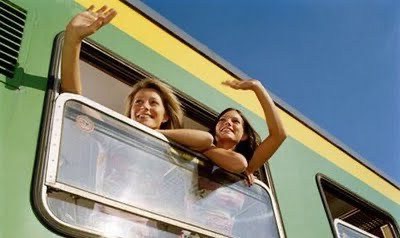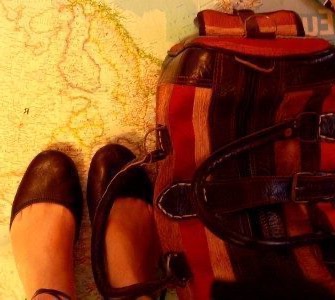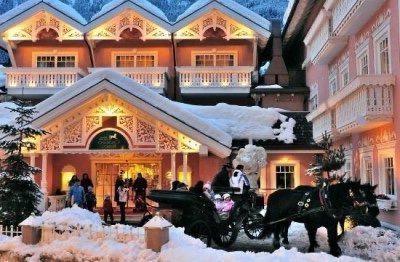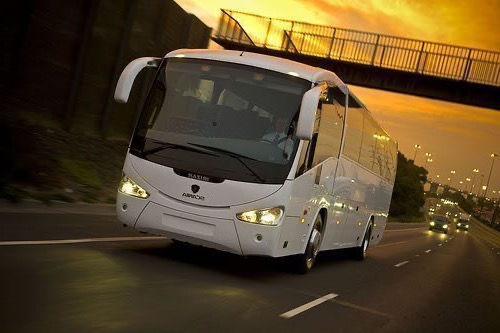The Trans-Siberian, one of the most beautiful and adventurous journeys to do in life, but what should you watch out for while planning a train trip of this type? Here are the differences between the second and third class.
How ingrained is there within us evocative power of a word? Let's take an example, here's what happens in my head? Trans-Siberian: I'm sitting on a train, the Train, the seats are in red and gray velvet, I observe the landscape and sip hot tea. The clean hair elegantly gathered in a side braid. Fact: I traveled third class and didn't wash my hair for 87 hours, not even the ponytail would have made a difference.
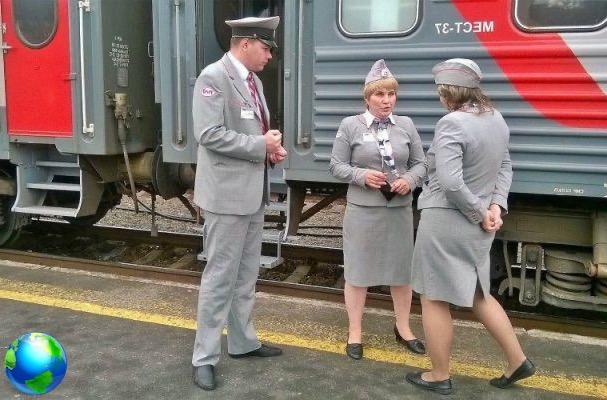
Class and train: what to choose in Trans-Siberian?
The choice of train class, to make the Trans-Siberian, can make a lot of difference on your budget, as I told you before leaving. Russian trains are divided into three classes.
Firmenniy: the “luxury” version, let's say, the Rossiya is well known, used mostly by tourists because of the high prices, it runs along the very famous Moscow-Vladivostok route. Fast and with few stops (it is that of the red velvet).
Skory: these are the trains also used for international routes, such as Moscow-Ulan Bator, they are fast but make more stops than the first, the price is lower and usually only have second and third class.
There is no first-class carriage, so if you want a cabin all to yourself, it's not your train, unless you buy 4 second-class tickets all in your name: privacy guaranteed.
Passazhirskiy: it's mine! It's mine! They are passenger trains, slow, very cheap.
Also on these trains there is no first class, only second and third wagons.
Trans-Siberian my routes
Moscow-Irkutsk: third class, passenger train, 87 hours.
Irkutsk-Ulan Bator: skory train, international route, second class, third class tickets run out, 32 hours.
Ulan Bator-Beijing: same as above, second class; actually, once on the train, we had the distinct feeling that they did NOT want to sell us the third class, 28 hours.

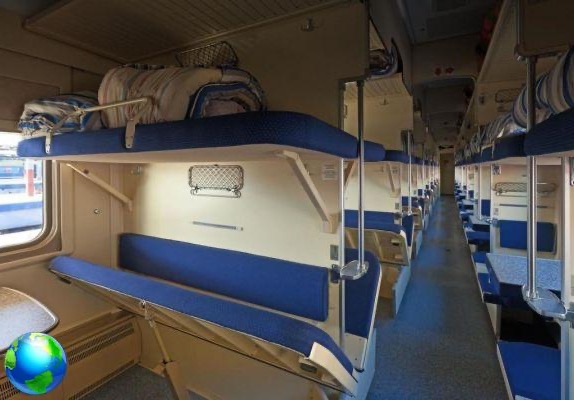
Services
Staff at your disposal, both on Russian, Mongolian and Chinese trains, there are two people (men and women) for each carriage.
They alternate day and night. They will be the ones to distribute you the necessary, to clean both the bathroom and the wagon in general, they will be your angels for the duration of the journey. Some are nice, others less so and theirs English it can be null or 5 words.
As soon as they board, all passengers (as on the plane) are provided with a packaged kit containing a towel, a sheet, a pillowcase, a wool blanket. Everything is marked and they will move on to collect the complete kit about 45 minutes before you get off. They are very precise and know exactly where you will get off and at what time. You do not miss anything.
Un samovar, commonly defined as a "container of hot water", it can hold up to four hundred liters of water. The trains have a samovar for each car which provides free boiling water h24 (i freeze-dried foods are popular, hot water is a real resource: tea and coffee, noodles, purees and the like.)


Cold drinking water, free and available to all.
Tip: however, bring extra water or buy it during the various stops, towards the end of the first section in third class, the water dispenser was empty and has not been replaced.
Two toilets at the ends of each car, toilet paper and soap. They are closed approximately 30 minutes before arrival at each station and reopened 30 minutes after departure. They will be adamant, any attempt at corruption involving the blink of an eye will be in vain. Look at the timetable of the stops and organize your needs accordingly.
Il program detailed journey: at the beginning of the wagon you will find the details of the individual stops set on the Moscow timetable. This way you will always know when you can get off and you will have to go up again.
What differentiates the second and third class
The appearance of the wagon, the arrangement of the beds and services.
Second class
We had one 4-bed cabin, both on the Chinese and Mongolian train, everything was clean, there was a door that could close so privacy was guaranteed. Whether you sleep in the lower or upper seats, you have compartments where you can put your things, even if the space is limited; a small light to read even when others are asleep, air conditioning or heating, carpet and mat both in the wagon and along the corridor.
On the train from Ulan Bator to Beijing, the stewardess came by personally to offer us the (plastic) cups, as well as a selection of tea and herbal tea (free).
Both inside the wagon and in the corridor there are sockets to reload your devices.
Third class
The wagon does not have any internal divisions or compartments, for each wagon there are approx 45 people sleeping, they eat and travel practically together.
There are no rugs or velvet. In July it is very hot.
There is no privacy, if not the one that you will be able to create yourself in an ingenious way with some giant tarp to attach to whatever comes to mind.
The beds are also in the corridor, every 4 places arranged frontally (two lower and two upper places), there are two beds parallel to the corridor.
During the day you have a small table that becomes your bed at night. This is the place I would like if I were to redo the Trans-Siberian in third class. For two people it is perfect: personal table and window, upper sleeping place in which to throw everything you do not need during the day.
Ideal for taking pictures, without having the head of the passenger on duty who wants to photograph what you are looking at; you do not have to take turns (out of kindness) in sharing the table and the sociability is absolutely not affected.
The hostess does not bring you tea, but if you ask for a cup, she will gladly give it to you. In any case, you must go to her. There is one outlet every six people about, plus one close to the samovar, guard it and fight for your right to recharge!

The bathrooms of the Trans-Siberian
The staff clean several times both day and night, the key difference is that the passenger train is much older and more worn, so the third class bathroom doesn't look as reassuring as the second one.
For some, the third-class bathroom (Russian train) will literally "suck".
Please note:: on Russian trains, the bathroom difference between third and second class is very minimal in appearance, the only thing you really pay for is the privacy of the 4-bed cabin. Don't expect who knows what.
Positive thing: it doesn't smell bad, the window is permanently open.
Restaurant wagon
We have seen it only on the passenger train and about what brought us from Mongolia to China. In both cases I found the spartan restaurantThe idea of having a drink or breakfast while the journey continues is nice. There are few seats and, especially on the passenger train (the Russian one), the staff were very rude. He literally ignored us.
I prices are high even compared to the excellent local food that the ladies sell you along the tracks. We drank only one beer to make an aperitif and it cost us like all the food we bought during the stops in the various stations, being really very cheap.


People met during the Trans-Siberian
I repeat, people make a difference. Always.
Second class: almost exclusively western travelers, the Irkustk-Ulan Bator route was a kind of trauma for me. Throughout the corridor and in the carriages I heard only English, around me, only familiar faces. We chatted, it was nice to talk with some but a widespread sadness accompanied that little trip to Mongolia.
The second class had beautiful bathrooms and we were alone in a compartment for 4 to ourselves. We could have built a walk-in closet but second class lived like this doesn't have any kind of social magic. However, you rediscover the overwhelming beauty of the landscapes as you arrive in Mongolia.
Third class: what can I add? I would do this trip only in third class.
On the first route, from Moscow to Siberia, we have seen and talked to many Russians and more. To all those who have asked me: "How can you not get bored in those 87 hours of train?"
So.
We listened real life stories, we told our story, we shared lunches and dinners, ate Grandma Valentina's smoked fish, we tasted Olga-grande's dried fish and the berries that the sweet Marceline, an Afghan immigrant, gave us.


We were moved when Olga-piccola, before getting off the train, gave us a bar of chocolate wishing us good luck.
We learned 10 words of Russian, brushed up on our French, amplified our gesticulation.
We fell asleep every night without knowing who would say good morning the next morning, ready to know a different story each time.
On the last night on that train, during a longer stop, we had a little party along the tracks: while Olga-grande danced and sang, accompanied by Alain who played the guitar, we lived every moment of that moment, wrapped in the darkness of the warm Siberian night. I have read, thought, photographed, slept very well and saw the world change, from the window, inside our compartment and inside me.





